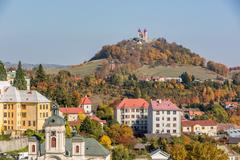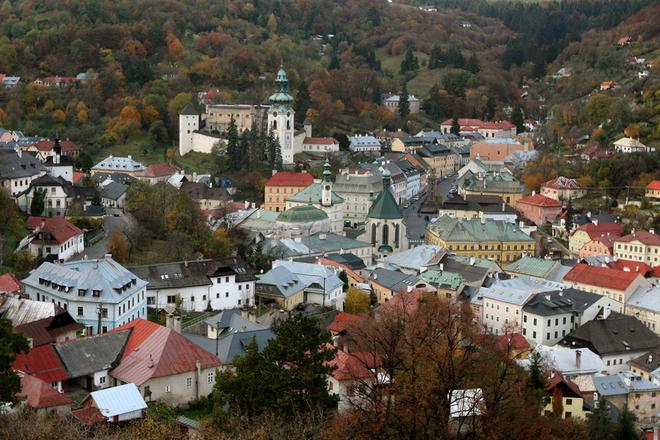Banská Štiavnica has won a new title, the Slovak City of Culture for 2019, receiving €300,000 from the Slovak Arts Council. One of the goals is to reestablish a bond with locals.
The town, located in central Slovakia, has a rich history, charming atmosphere, marvellous old architecture and irresistible genius loci hidden in the middle of the Štiavnické vrchy mountains.
It is known, first and foremost, for mines where precious metals, especially silver and gold, were once extracted. Local people also used to work in a cotton mill and tobacco factory.
Because of this rich history, Banská Štiavnica is listed on the UNESCO World Heritage List.
Nevertheless, by becoming a tourist attraction, the mining town has turned away from its citizens.
Your memories, our art
The town's opening program, titled Family Silver, reflects the idea that will accompany the city of culture throughout the year. Organisers are aiming to collect the most valuable things local people possess at home. However, they do not need to polish their cutlery because every citizen of Banská Štiavnica is a precious muse.

"To some, the family silver represents a memory, experience, photograph, piece of furniture, or anything else connected to family history," explained Rastislav Marko, a program director of the City of Culture in Banská Štiavnica.
In the first wave of collecting valuables, they addressed schools in particular. Students will question parents and grandparents, collect photos, and search for ancient job reports.
"Over the year, artists, including writers, visual artists, and filmmakers, will be coming to the town to turn these stories into artworks," said Marko, hoping that a transformation of the stories of local people into an art piece will attract locals and visitors.


 Banská Štiavnica (source: SME)
Banská Štiavnica (source: SME)